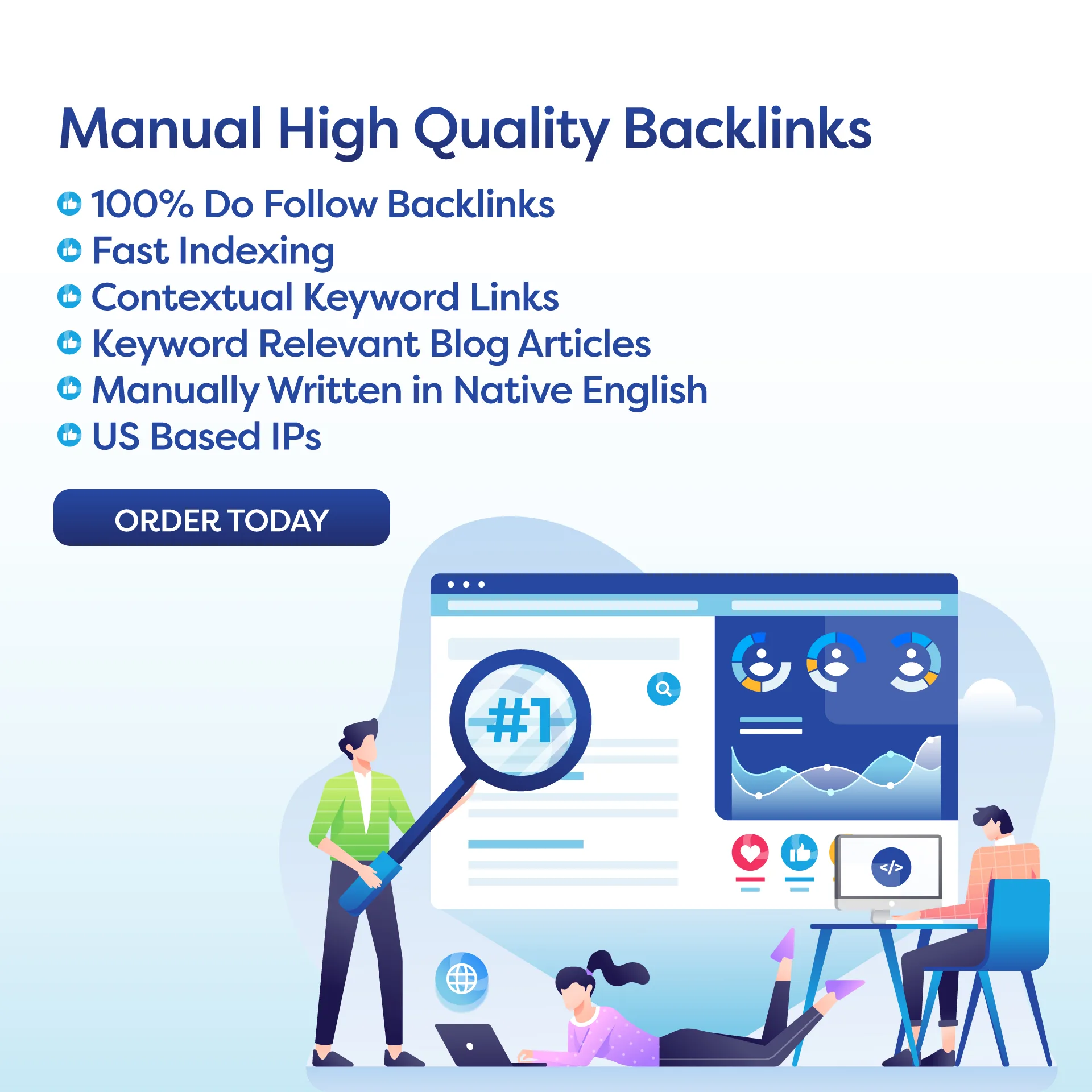Introduction:
In the world of digital marketing, **on-page SEO for content** is a critical component to ensure that your website ranks well in search engine results. With so much content online competing for users’ attention, it is essential to utilize on-page SEO strategies to make sure your content stands out. But what exactly is on-page SEO for content, and how can you effectively implement it to drive more traffic to your website?
Key Takeaways:
1. Understanding the basics of on-page SEO for content: You need to understand the fundamental principles of on-page SEO, including keywords, meta tags, and internal linking.
2. Creating high-quality and engaging content: Your content needs to be informative, valuable, and engaging to attract and retain the interest of your audience.
3. Optimizing your webpage structure: Properly structuring your webpage with headings, subheadings, and bullet points can make it easier for both users and search engines to understand and navigate your content.
4. Utilizing multimedia content: Including images, videos, and infographics can enhance your content and improve user engagement.
5. Monitoring and optimizing your performance: Regularly monitoring your website’s performance and making necessary adjustments based on analytics data is crucial for ongoing success.
Key Point 1: Understanding the basics of on-page SEO for content
– Keywords: Including relevant keywords in your content is essential for helping search engines understand what your content is about.
– Meta tags: Optimizing your meta tags, including title tags and meta descriptions, can improve your content’s visibility in search engine results.
– Internal linking: Creating a network of internal links within your website can help users navigate between related content and improve your website’s overall SEO.
Key Point 2: Creating high-quality and engaging content
– Informative content: Your content should provide valuable information to your audience and answer their questions or solve their problems.
– Engaging content: Keeping your audience engaged with your content through storytelling, visuals, and interactive elements can help improve user experience.
– Unique content: Creating original and unique content sets you apart from your competitors and can improve your website’s visibility in search engine results.
Key Point 3: Optimizing your webpage structure
– Heading tags: Properly using H1, H2, and H3 heading tags can help organize your content and improve readability for both users and search engines.
– Bullet points and lists: Using bullet points and lists can break up large blocks of text and make your content easier to scan and read.
– Mobile optimization: Ensuring that your website is mobile-friendly is crucial for providing a seamless user experience and improving your website’s search engine ranking.
Key Point 4: Utilizing multimedia content
– Images: Including high-quality images can enhance your content and improve user engagement.
– Videos: Incorporating videos can provide additional value to your audience and increase the time spent on your website.
– Infographics: Using infographics can visually represent complex information and make it easier for users to understand.
Key Point 5: Monitoring and optimizing your performance
– Analytics: Regularly monitoring your website’s performance using tools like Google Analytics can provide valuable insights into your audience’s behavior and preferences.
– Testing and optimization: Making data-driven decisions and implementing A/B testing can help you optimize your content for better performance.
– Continuous improvement: Regularly updating and improving your content based on feedback and performance data can help you stay ahead of the competition.
Action Plan:
1. Conduct keyword research to identify relevant keywords for your content.
2. Optimize your meta tags, including title tags and meta descriptions, with targeted keywords.
3. Create high-quality, engaging content that provides value to your audience.
4. Organize your content with proper heading tags, bullet points, and lists.
5. Incorporate multimedia content, such as images, videos, and infographics, to enhance your content.
6. Monitor your website’s performance using analytics tools and make data-driven optimizations to improve your SEO.
Conclusion:
In conclusion, on-page SEO for content is a crucial aspect of digital marketing that can greatly impact your website’s visibility and success. By understanding the basics of on-page SEO, creating high-quality and engaging content, optimizing your webpage structure, utilizing multimedia content, and monitoring and optimizing your performance, you can improve your website’s search engine ranking and attract more traffic. Remember to continuously analyze your performance data and make adjustments to ensure ongoing success.
FAQs:
Q: What are the best practices for optimizing meta tags for SEO?
A: When optimizing meta tags for SEO, make sure to include relevant keywords, keep your title tags under 60 characters, and write compelling meta descriptions that encourage users to click.
Q: How can I improve my website’s mobile optimization for better SEO?
A: To improve your website’s mobile optimization for better SEO, use a responsive design, prioritize page speed, and optimize images and videos for mobile devices.
Q: Why is internal linking important for SEO?
A: Internal linking is important for SEO because it helps search engines understand the structure of your website, establishes relationships between your content, and improves user navigation and experience.

